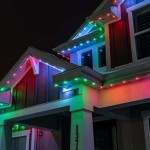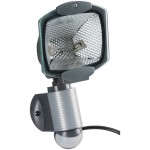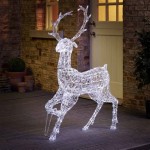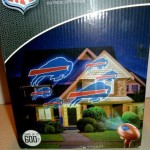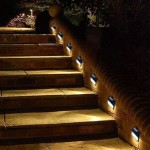The Essential Guide to Outdoor LED Fixtures
Outdoor LED fixtures have become increasingly popular in recent years due to their energy efficiency, long lifespan, and durability. Whether you're illuminating your backyard, enhancing your landscape lighting, or providing safety and security around your property, choosing the right outdoor LED fixtures is crucial.
This comprehensive guide will provide you with the essential aspects to consider when selecting outdoor LED fixtures, helping you make informed decisions for your specific needs.
1. Brightness and Color Temperature
The brightness of an LED fixture is measured in lumens, while the color temperature is measured in Kelvins (K). For outdoor applications, consider fixtures with a higher lumen output to ensure adequate illumination. The color temperature affects the ambiance of the area, with warmer temperatures (around 3000K) creating a cozy atmosphere and cooler temperatures (around 5000K) providing a brighter, more functional light.
2. Beam Angle and Distribution
The beam angle determines the spread of light from the fixture. Narrow beam angles provide a focused beam of light, ideal for highlighting specific features or creating dramatic effects. Wide beam angles distribute light over a wider area, suitable for general illumination. Consider the intended purpose of the fixture to select the appropriate beam angle.
3. Ingress Protection Rating (IP)
Outdoor fixtures must be weather-resistant to withstand harsh conditions. The IP rating indicates the level of protection against water and dust ingress. For outdoor use, look for fixtures with an IP rating of at least IP65, providing protection against rain and dust particles.
4. Durability and Materials
Outdoor LED fixtures should be constructed from durable materials that can withstand outdoor elements. Look for fixtures with rugged construction, such as stainless steel, aluminum, or polycarbonate. These materials ensure longevity and resistance to corrosion, rust, and impact.
5. Motion Sensors and Dimming Capabilities
Motion sensors provide convenient and energy-efficient lighting by turning on the fixture only when necessary. Dimming capabilities allow you to adjust the brightness of the fixture to suit different moods or activities. These features add functionality and enhance the user experience.
6. Installation and Maintenance
Consider the installation process when selecting outdoor LED fixtures. Opt for easy-to-install fixtures that can be mounted on a variety of surfaces. Regular maintenance is essential to ensure optimal performance and longevity. Look for fixtures with accessible components that simplify cleaning and bulb replacement when needed.
7. Energy Efficiency and Lifespan
LED fixtures are renowned for their energy efficiency and long lifespan. LED technology consumes up to 80% less energy than traditional lighting sources, reducing energy costs and environmental impact. LED fixtures typically have a lifespan of over 50,000 hours, minimizing the need for frequent replacement.
Conclusion
Choosing the right outdoor LED fixtures requires careful consideration of various aspects, including brightness, color temperature, beam angle, IP rating, durability, functionality, and maintenance. By understanding these essential factors, you can select fixtures that meet your specific needs and enhance the ambiance and safety of your outdoor space. Invest in high-quality LED fixtures that will provide long-lasting performance, energy efficiency, and a stylish addition to your property.

Outdoor Led Lighting Exterior Light Fixtures E Conolight

Outdoor Led Lighting Ideas For Any Style Backyard

Can Led Lights Be Used Outdoors Bpm Electric

Color Changing Waterproof Strip Lights For Outdoor Landscape Lighting

Led Outdoor Lighting Commercial Industrial Revolve

Outdoor Wall Lights And Sconces Elvi Home

Guide To Exterior Lighting Commercial Led Outdoor

Outdoor Led Lighting Fixtures

Outdoor Led Soffit Lighting Astoria Co

Outdoor Led Lights Discover Now Eglo
Related Posts
